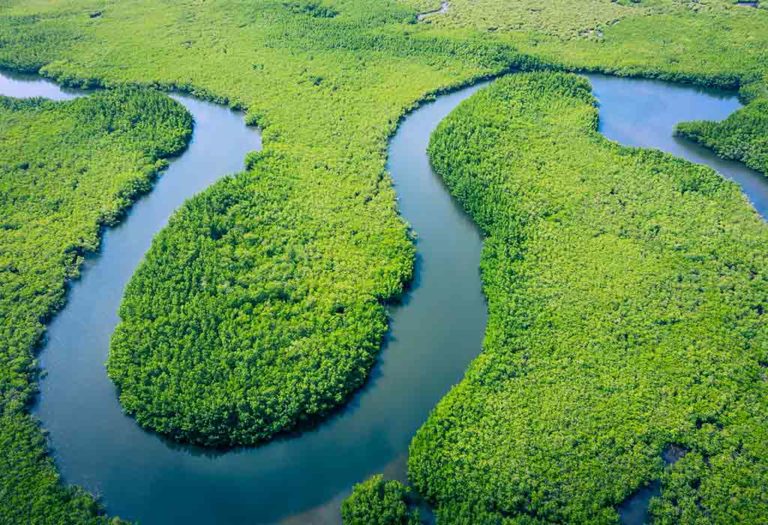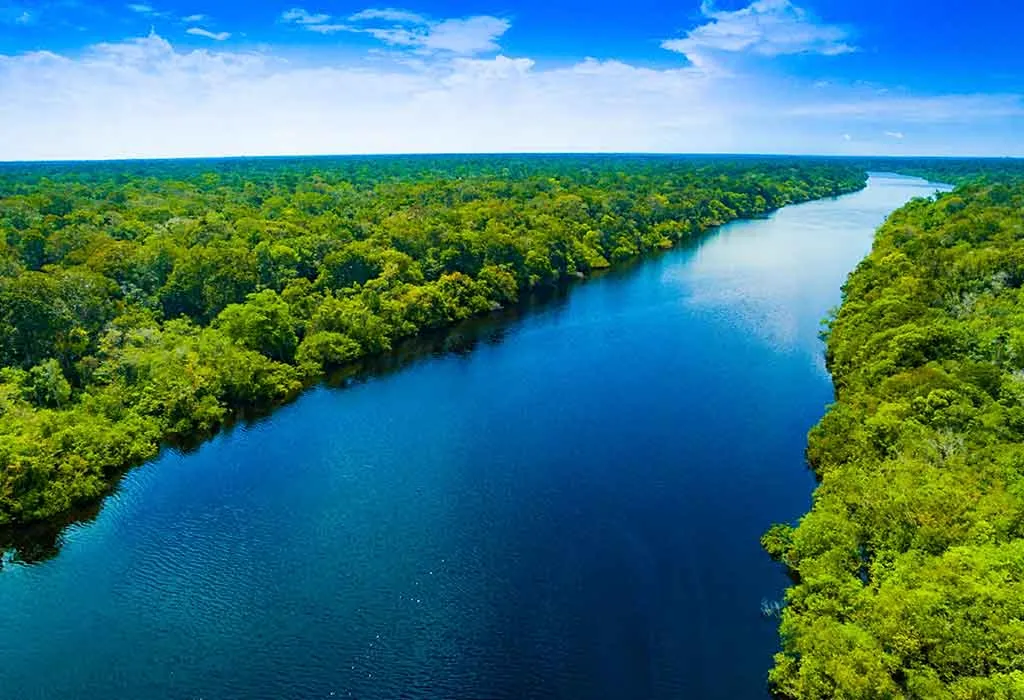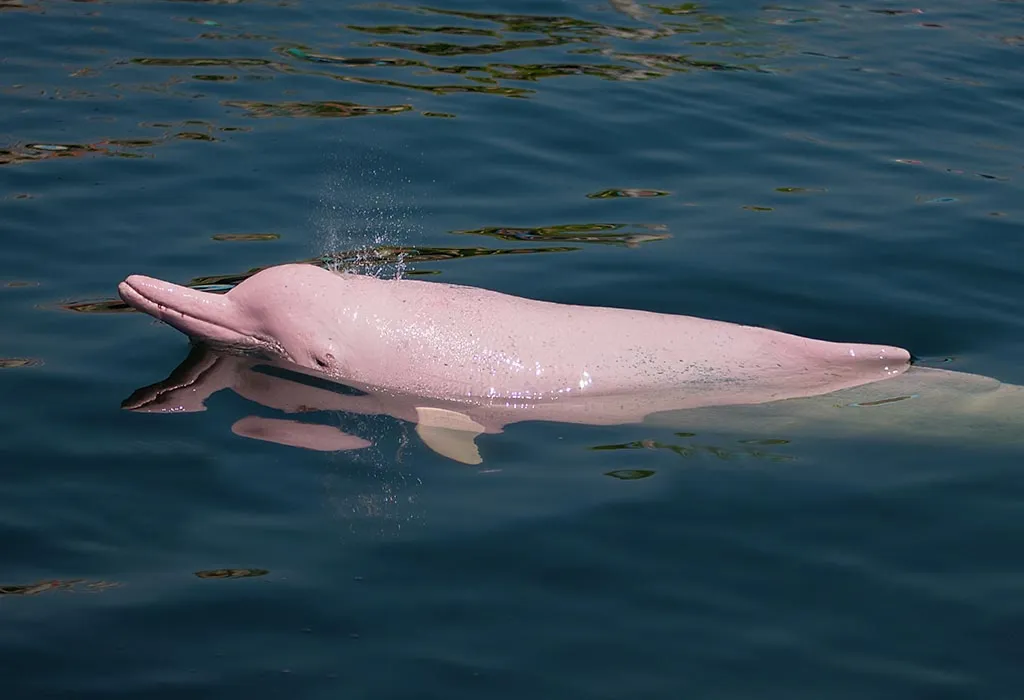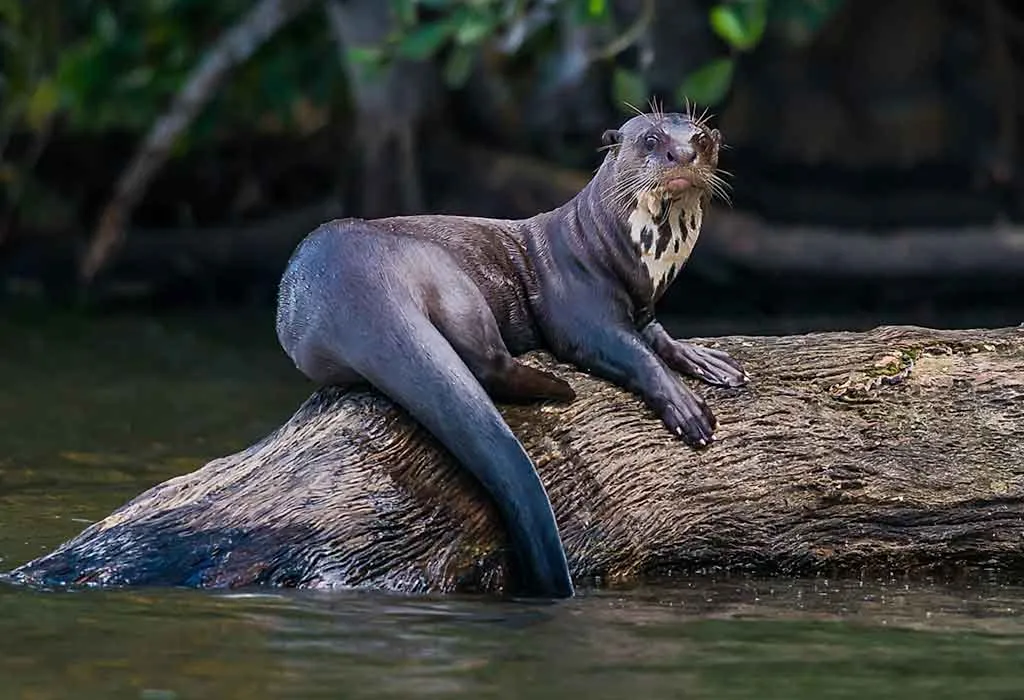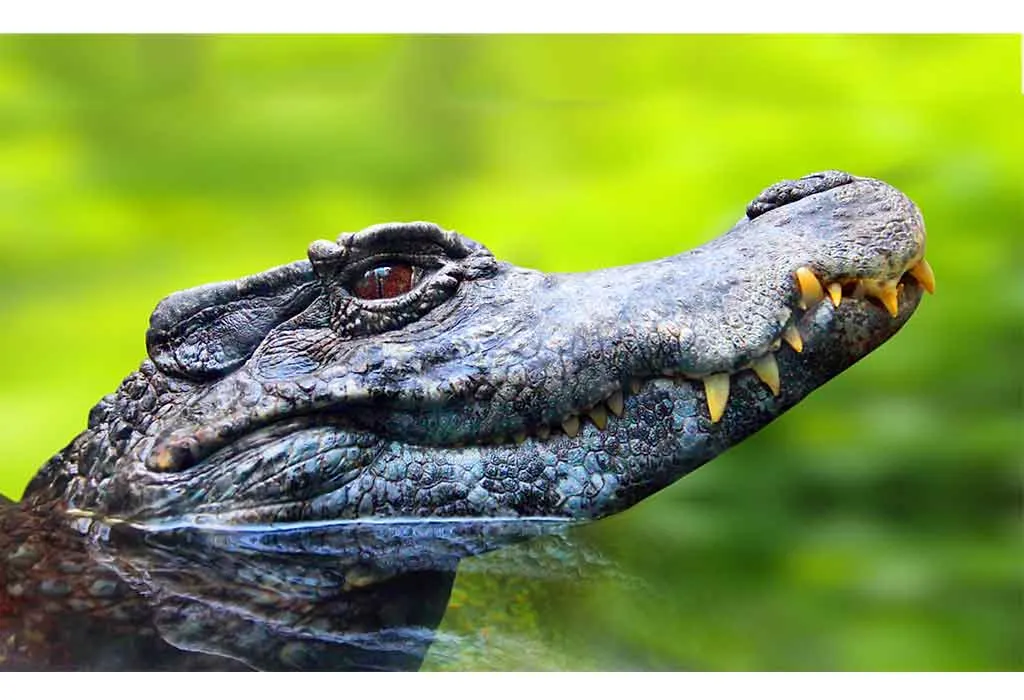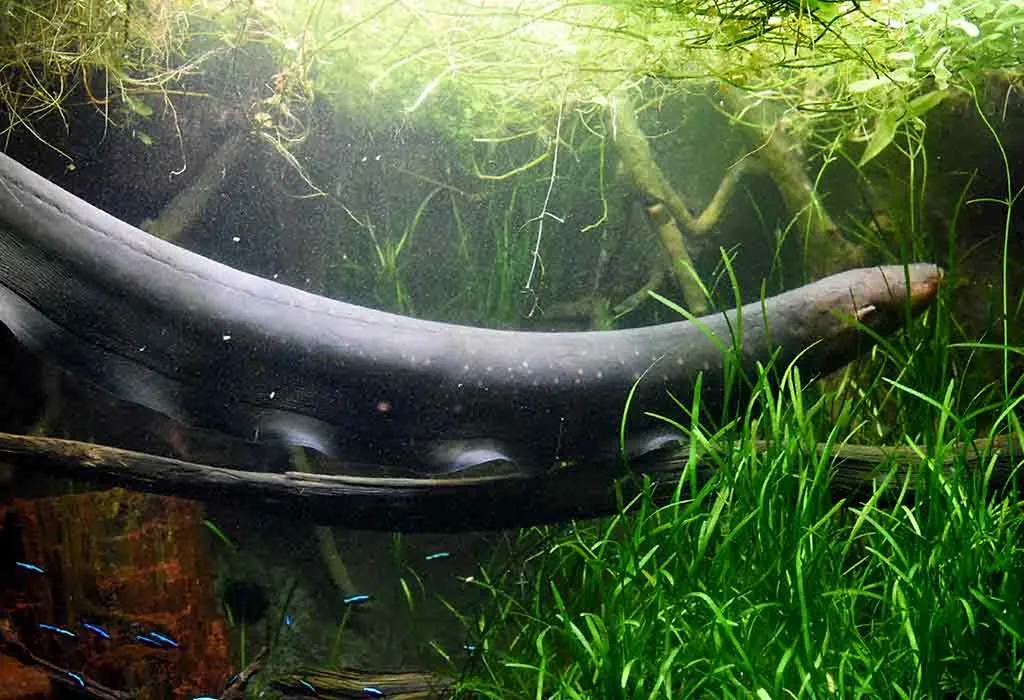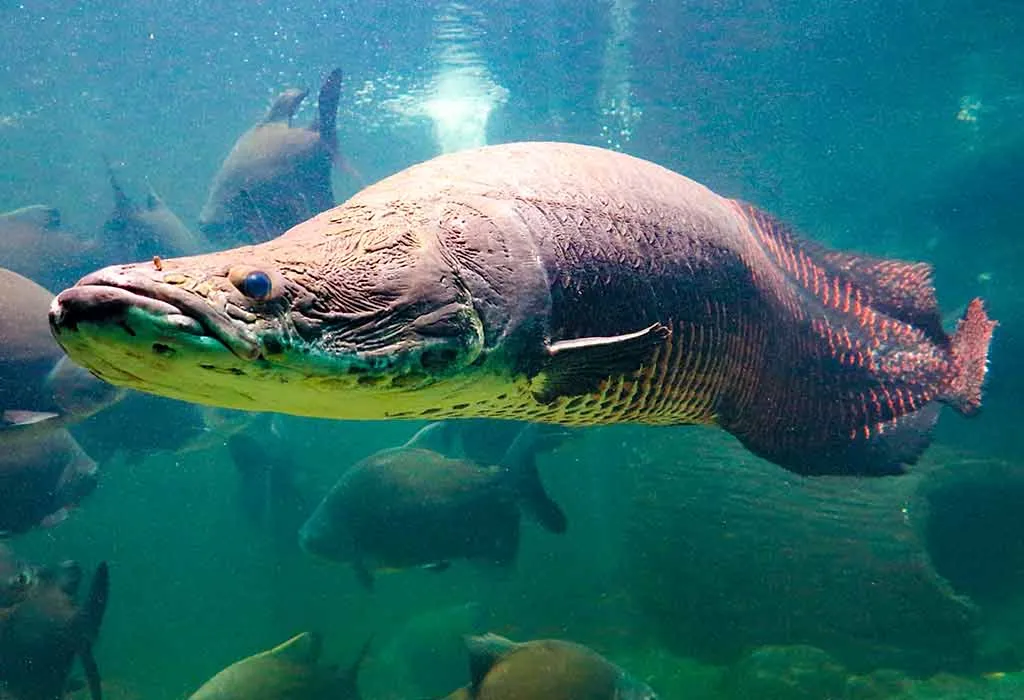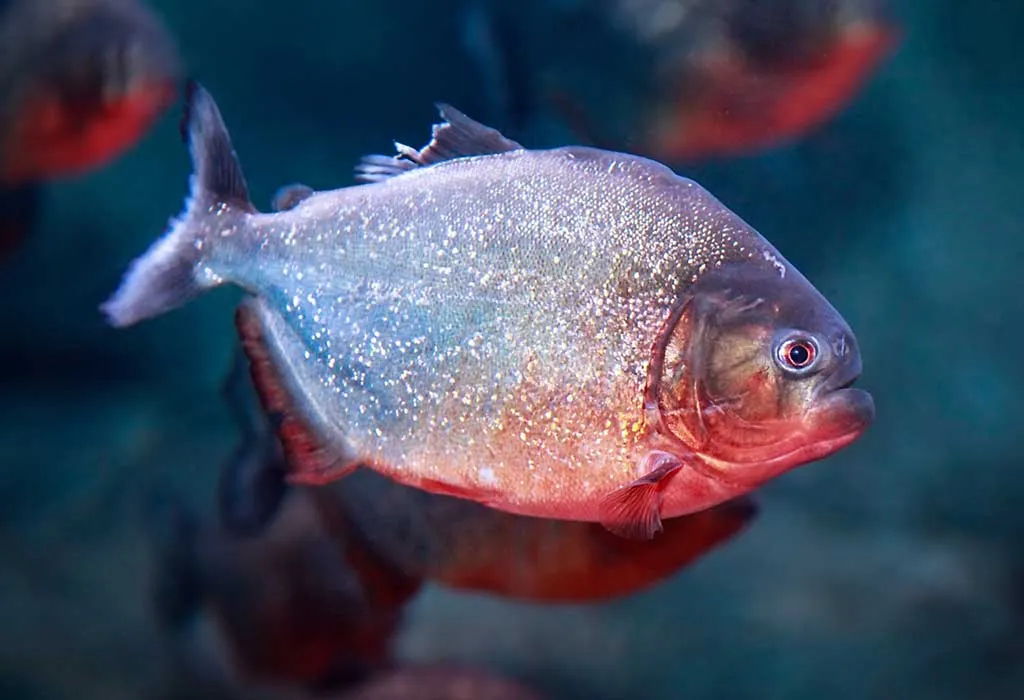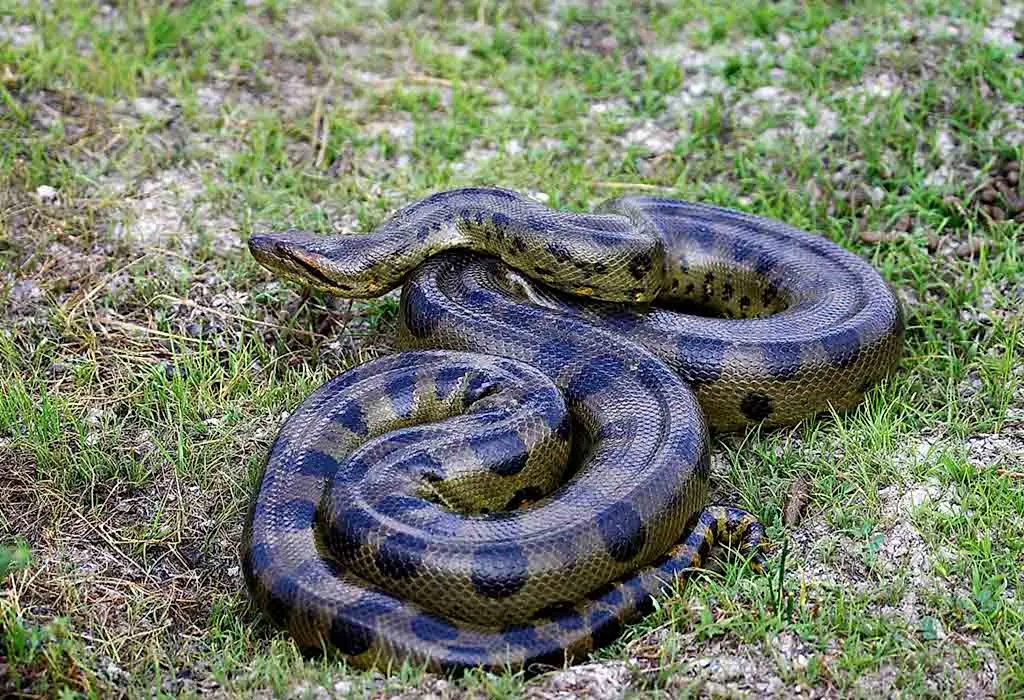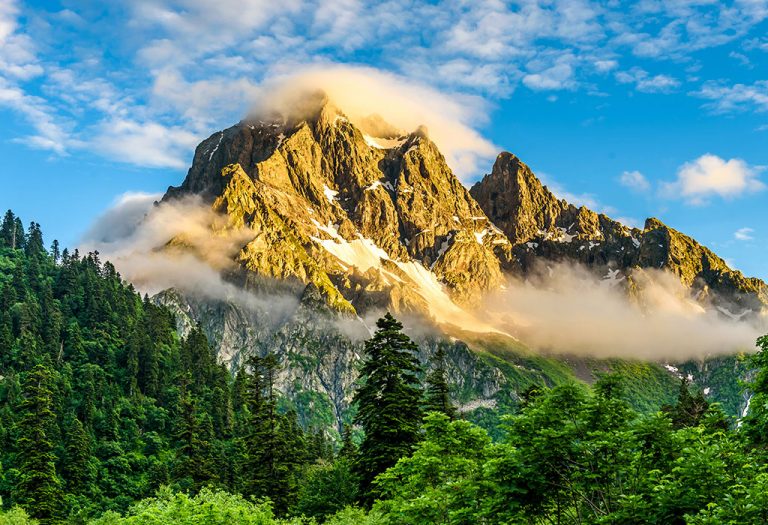21 Interesting Amazon River Facts For Kids
The Amazon River is a record-setter in many ways. Whether it is the river’s width, its length, or the biodiversity it supports, everything about this river is incredible. Learning about the Amazon is important as it is one of a kind and is threatened by climate change and human activities. The Amazon River facts reveal its immense scale and ecological significance. Continue reading if you have been looking for interesting facts about the Amazon River, including its unique wildlife and vital role in the planet’s ecosystem. Protecting this natural wonder is crucial for future generations.
Where Is the Amazon River Located?
The Amazon River is located in South America, primarily flowing through Brazil, but also crossing Peru, Colombia, and several other countries. It runs through the Amazon Rainforest.
Importance of the Amazon River
The Amazon River is not just the world’s largest river by volume – it’s a vital lifeline for our planet’s ecological balance and human survival. Here is why this river is important:
- Biodiversity Hotspot – Home to 10% of Earth’s known species, including unique creatures like pink dolphins and giant otters
- Climate Regulator – Absorbs 2 billion tons of CO₂ annually, helping stabilize global climate patterns
- Freshwater Source – Provides 20% of the world’s unfrozen freshwater supply
- Oxygen Production – Generates 20% of Earth’s atmospheric oxygen through its rainforest
- Indigenous Homeland – Supports 400+ indigenous tribes with ancient cultures and traditional knowledge
- Medical Resources – Contains 25% of all pharmaceutical ingredients in its plants
- Economic Engine – Supports fishing, agriculture, and transportation for millions
- Carbon Storage – Stores 90-140 billion metric tons of carbon in its vegetation
- Weather Creator – Influences rainfall patterns across South America through flying rivers
- Scientific Laboratory – Offers unparalleled research opportunities for new species and ecosystems
- Tourism Destination – Attracts eco-tourists worldwide, boosting local economies
- Cultural Heritage – Holds spiritual significance for native communities and inspires global art/literature
Where Is the Source of the Amazon River?
The Amazon River’s source is in the Andes Mountains of Peru, specifically at Nevado Mismi (a mountain peak). However, some scientists argue that other nearby streams may be the true origin.
Through How Many Countries Does the Amazon River Flow?
The Amazon River flows through nine countries in South America:
- Brazil (largest share)
- Peru (source in the Andes)
- Colombia
- Venezuela
- Ecuador
- Bolivia
- Guyana
- Suriname
- French Guiana (overseas territory of France)
What Is the Length and Depth of the Amazon River?
The Amazon River stretches approximately 6,400 km (4,000 miles) long —with some studies suggesting it could be even longer. Its depth averages 20–50 meters (66–164 ft), reaching up to 150 meters (490 ft) in certain areas, allowing large ships to navigate much of its course.
Which Animal Species Inhabit the Amazon River?
The Amazon River teems with an astonishing variety of animal life, including 3,000+ fish species. From mysterious pink dolphins to fearsome predators, these waters support countless species found nowhere else on our planet.
1. Pink River Dolphin
The world’s largest freshwater dolphin with its distinctive pink colouration
2. Giant Otter
Reaching up to 6 feet long, these playful but fierce predators hunt in family groups
3. Black Caiman
The Amazon’s apex predator, growing over 5 meters (16 feet) in length
4. Electric Eel
Capable of generating 600-volt shocks to stun prey and deter threats
5. Arapaima
One of Earth’s largest freshwater fish, growing to 3 meters (10 feet)
6. Piranha
Famous for their razor-sharp teeth and powerful bite force
7. Green Anaconda
The world’s heaviest snake, reaching lengths of 9 meters (30 feet)
Other Fascinating Facts About the Amazon River
From its mysterious underground twin to ancient coral reefs hidden in its delta, this mighty waterway continues to reveal astonishing secrets that captivate scientists and explorers alike. Here are 15 fun facts about the Amazon River:
- It discharges about 209,000 cubic meters of water per second.
- The deepest part of the Amazon River is around 100 m (330 ft). The water levels can fluctuate depending on the season and rains.
- With the Amazon River’s widest point being 7 miles, it holds the record for the widest river on the planet. The Amazon is also a close contender for the longest river and is only shorter than the Nile by 62 miles.
- The Amazon has more than 1100 tributaries, out of which 17 are more than 1500km long.
- Twice yearly during equinoxes, the Amazon experiences Pororoca—a massive tidal wave that surges up to 800km inland. This natural phenomenon attracts surfers worldwide.
- Spanish explorer Francisco de Orellana became the first European to navigate the Amazon in 1541, naming it after warrior women he encountered, whom he likened to Greek Amazons.
- There were no bridges on the Amazon River until 2011.
- Slovenian swimmer Martin Strel made history in 2007 by becoming the first person to swim the Amazon’s entire 5,268km length. Over 66 days, he swam 10 hours daily, protected by a crew against piranhas and alligators.
- The Amazon discharges so much water into the Atlantic Ocean that it changes the salinity of the water over an area of 2,600,000 square kilometers.
- Geologists discovered in 2006 that the Amazon once flowed westward. Around 100 million years ago, the Andes’ formation reversed its direction to eastward flow.
- Amazon’s sediment concealed a 1,000km coral reef until its 2016 discovery. Spanning 9,500 km², this vibrant ecosystem hosts exotic marine life, hinted at since 1950 but only recently confirmed.
- In 2011, an underground river, the Hamza River, that mirrors the Amazon 4km below the surface, was discovered. It is 4 times wider; however, it only carries a fraction of the water of the Amazon.
- Dust that is routinely carried by the Sahara Desert is crucial for fertilizing the Amazon rainforest. The phosphorus from the desert sand is carried by high-altitude winds and deposited over the Amazon basin.
- The Andean headwaters of the Amazon River have 142 dams that are used for hydropower and fishing. An additional 160 dams have been proposed to be built over the years.
- The modern-day Amazon is estimated to be about 11 million years old. Compared to other rivers that have flown for hundreds of millions of years, the Amazon is relatively young.
These were some amazing facts about the Amazon River in South America. The Amazon River is a record-setter in volume, size, length, biodiversity, and many other parameters. As more facts are revealed about the river, it never ceases to amaze the people around the world.
Also Read:
Plant Facts for Children
Mountains Facts for Kids
Forests Facts for Children
Nile River Facts for Kids
Facts about Ocean for Children
Facts and Information about Drought for Kids
Was This Article Helpful?
Parenting is a huge responsibility, for you as a caregiver, but also for us as a parenting content platform. We understand that and take our responsibility of creating credible content seriously. FirstCry Parenting articles are written and published only after extensive research using factually sound references to deliver quality content that is accurate, validated by experts, and completely reliable. To understand how we go about creating content that is credible, read our editorial policy here.





